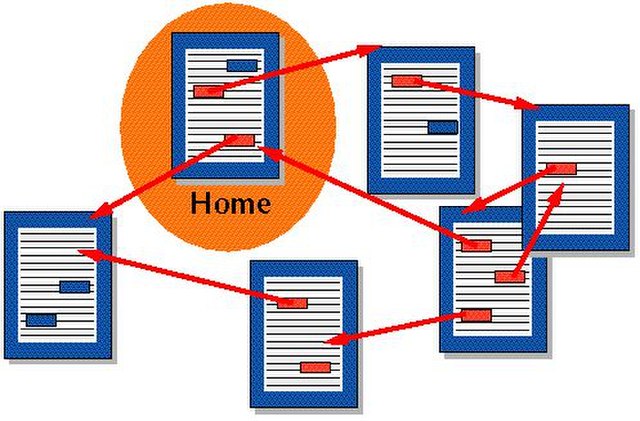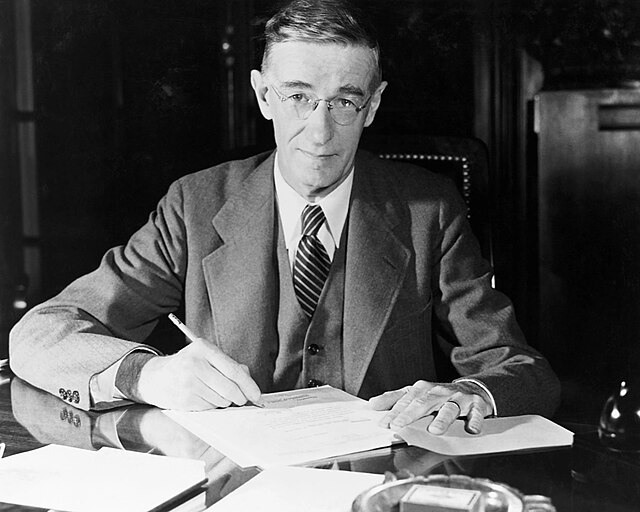File Retrieval and Editing System
The File Retrieval and Editing SyStem, or FRESS, was a hypertext system developed at Brown University starting in 1968 by Andries van Dam and his students, including Bob Wallace. It was the first hypertext system to run on readily available commercial hardware and OS. It is also possibly the first computer-based system to have had an "undo" feature for quickly correcting small editing or navigational mistakes.
David Durand demonstrating the FRESS hypertext editing system at Brown University in 2019
Hypertext is text displayed on a computer display or other electronic devices with references (hyperlinks) to other text that the reader can immediately access. Hypertext documents are interconnected by hyperlinks, which are typically activated by a mouse click, keypress set, or screen touch. Apart from text, the term "hypertext" is also sometimes used to describe tables, images, and other presentational content formats with integrated hyperlinks. Hypertext is one of the key underlying concepts of the World Wide Web, where Web pages are often written in the Hypertext Markup Language (HTML). As implemented on the Web, hypertext enables the easy-to-use publication of information over the Internet.
Documents that are connected by hyperlinks
Engineer Vannevar Bush wrote "As We May Think" in 1945 in which he described the Memex, a theoretical proto-hypertext device which in turn helped inspire the subsequent invention of hypertext.
Douglas Engelbart in 2009, at the 40th anniversary celebrations of "The Mother of All Demos" in San Francisco, a 90-minute 1968 presentation of the NLS computer system which was a combination of hardware and software that demonstrated many hypertext ideas
Ted Nelson gives a presentation on Project Xanadu, a theoretical hypertext model conceived in the 1960s whose first and incomplete implementation was first published in 1998.





